Le peeling superficiel est un acte de médecine esthétique qui cause l’exfoliation de la couche superficielle de la peau par l’application d’un agent chimique.
The composition of the peel used will be selected based on the specific needs of the patient’s skin.
This treatment has the advantage of not requiring any social downtime.
A chemical peel is a treatment that removes dead cells from the epidermis or superficial dermis using specific acids. Unlike mechanical exfoliation, which works through friction using grains, the chemical peel acts without physical effort. This treatment revives the skin's radiance, corrects imperfections, reduces spots, fine lines, and scars, and slows down the signs of aging.
The peel is particularly beneficial for patients seeking a brighter and more even complexion, as it purifies the skin and immediately improves its appearance. There are different types of peels, each suited to specific needs. Cosmetic peels, which can be used at home, are ideal for regular and gentle skin maintenance. Dermatological peels, performed by a physician, provide more significant and longer-lasting results.
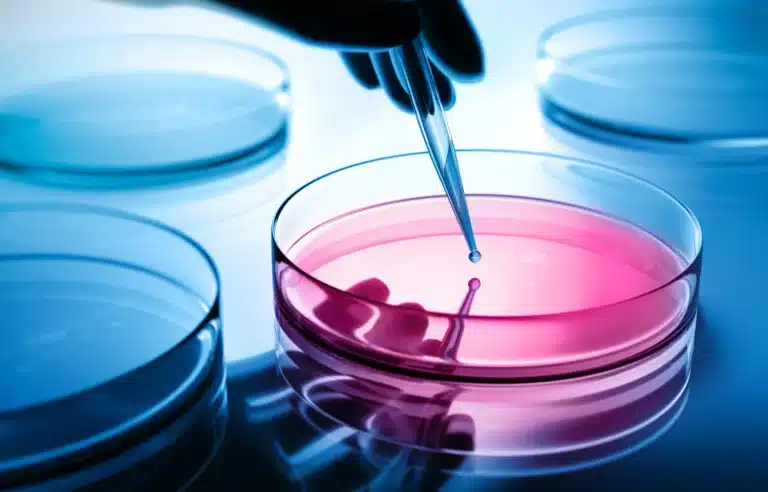
The results of superficial peeling are due to a triple action.
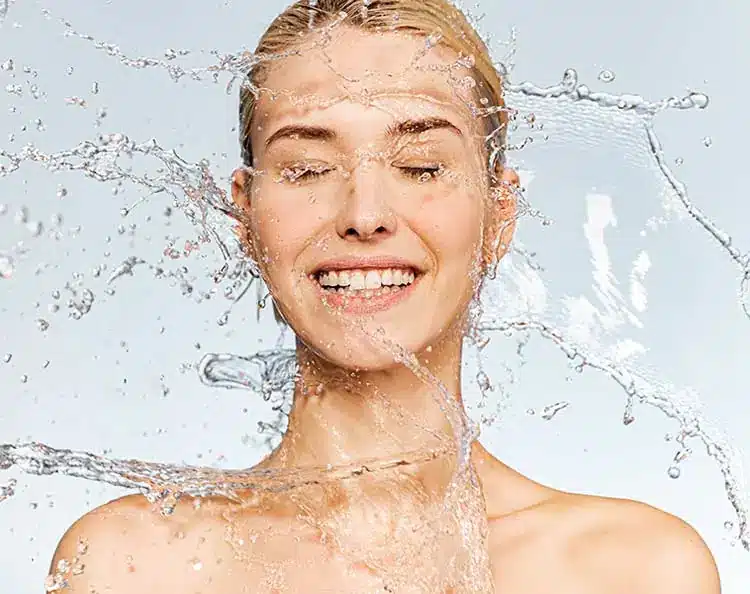
A peel is a skin care treatment: both preventive and corrective.
The indications are :
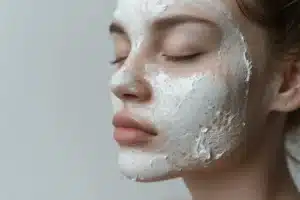
A superficial peel is a medical procedure that can be performed at different ages, as each age has specific skin care needs.
In adolescence, the peel can help treat acne and improve skin texture by removing dead skin cells and reducing seborrhea, resulting in a more even complexion.
At 30, the peel helps prevent the first signs of aging, such as fine lines and pigment spots, by stimulating cell renewal and reviving the skin’s natural glow.
At 50, a superficial peel cannot reduce deep wrinkles, but it improves skin elasticity and firmness, reduces age spots, and provides a more even complexion.
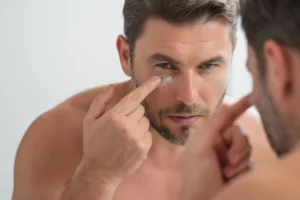
Superficial peels are becoming increasingly popular among men concerned with their appearance and skin health.
These treatments are particularly effective in improving skin texture, reducing imperfections, minimizing pigment spots, and brightening the complexion in men as well.
They are ideal for addressing common skin concerns in men such as enlarged pores and early signs of aging. With quick recovery and visible results from the first sessions, superficial peels are an effective and discreet solution for men to maintain healthy, radiant skin.
Le peeling superficiel peut être réalisé sur tous les types de peau, mais, pour les phototypes IV et supérieurs, il existe un risque accru d’hyperpigmentation post-traitement. Il est donc essentiel de consulter un médecin expérimenté pour déterminer le type de peeling le plus approprié et pour encadrer ce traitement avec les précautions nécessaires.
Various acids can be used for peels: salicylic acid (BHA), trichloroacetic acid (TCA), and AHAs (alpha hydroxy acids), which are the most commonly used — the best-known AHA being glycolic acid. Depending on the skin type and the imperfection to be treated, Dr. Romano selects the product best suited to the patient's needs. A solution containing several active ingredients is often used.
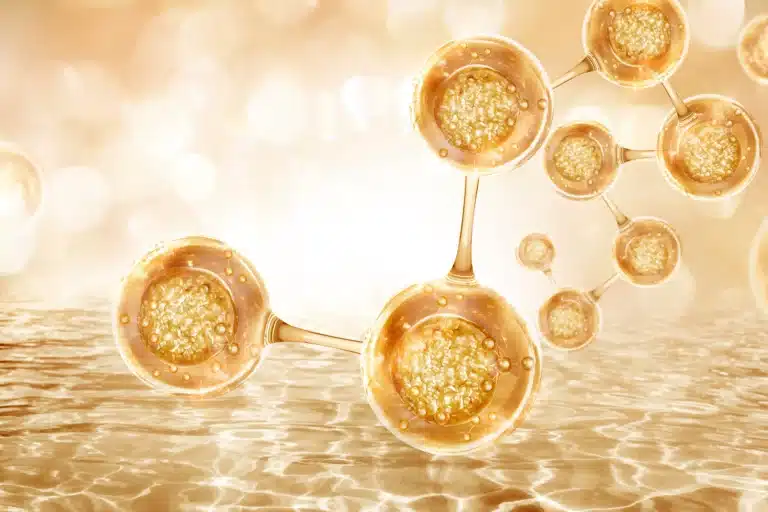
AHA peels are used when the goal is to restore radiance to the skin and visibly reduce fine lines. AHA exfoliates the most superficial part of the epidermis and acts on the cells of the stratum corneum. Its small molecular size and hydrophilic properties allow it to penetrate relatively quickly.
BHA peels are preferred for oily and acne-prone skin. Thanks to its keratolytic properties, it helps to unclog pores, thereby limiting the formation of microcysts and comedones. Its exfoliating action improves skin texture and reduces excess sebum.
TCA peels even out the complexion and act on early wrinkles. TCA is primarily used for medium-depth peels, but a 10% TCA solution is considered a superficial peel.
At-home peels provide gentle exfoliation, making them suitable for frequent use. They contain fruit acids at much lower concentrations than those used in dermatological settings. These peels are ideal for refreshing the complexion and purifying the skin by removing dead cells and impurities. However, even at-home peels can cause unwanted side effects, depending on each patient’s skin type and sensitivity.

Before the peeling session, it is recommended to :
On the day of the peel, on clean skin, the doctor applies a pre-peel solution to degrease the skin and enhance the penetration of the peeling solution.
Then, the peel is applied with a brush and left on for about one minute.
Once removed, a healing cream is applied to the skin.
After the peeling session, it is advised to :
The number and frequency of sessions depend on your skin type and the concern being treated. The protocol is personalized. The standard protocol includes three to five peels spaced one month apart. One to two maintenance sessions per year are recommended to slow down skin aging and maintain long-lasting improvements in skin texture.
Plusieurs séances de peeling sont souvent recommandées pour obtenir des résultats optimaux. La première séance exfolie les couches superficielles de la peau, tandis que les séances suivantes permettent de traiter les couches plus profondes et de stimuler davantage le renouvellement cellulaire. En général, trois séances espacées d’un mois sont idéales pour des résultats visibles et durables.

It is not recommended to perform the peel during sunny periods.
Superficial peels are contraindicated in the following cases :
With superficial peels, complications are rare but still possible.
Results from a superficial peel are quickly visible.
The benefits usually become apparent after a few sessions, with each treatment reinforcing the effects of the previous ones.
By removing dead skin cells from the surface, the peel brightens and illuminates the complexion while refining the skin texture.
Patients notice smoother, more even skin and a reduction in imperfections such as brown spots and fine lines.
In addition, the superficial peel stimulates cellular renewal, making the skin firmer and more elastic.
For optimal results, it is essential to follow your doctor’s recommendations.
A peel is considered “failed” when the results do not meet the patient’s expectations or if complications arise.
Possible complications include:
These complications, although rare with superficial peels, can be caused by several factors :
Dans certains cas, aucune cause spécifique n’est identifiée et les complications résultent d’une réaction imprévue liée au patient.
If a peel goes wrong, it is crucial to consult an experienced doctor for appropriate management.
Possible options include :
In Geneva, the price of a superficial peel is set at 200 CHF per session. This type of treatment is often part of a progressive protocol, with frequency and duration depending on skin needs and the individual response to the care. The number of sessions may vary based on skin type, the targeted concern, and the aesthetic goals defined during the consultation. The price remains fixed per session, regardless of the indication treated.
The superficial peel is highly appreciated by patients for its effectiveness.
Thanks to the use of gentle acids, this treatment delicately exfoliates the superficial layers of the skin, revealing a brighter and more even complexion.
Patients often notice an immediate improvement in their skin texture, with a reduction in small imperfections and pigmentation spots.
The superficial peel is particularly valued due to its low risk of complications and very short recovery time.
Most patients describe their skin as radiant, softer, and visibly rejuvenated after just a few sessions.
This treatment is ideal for those looking to revitalize their skin without the downtime associated with deeper peels.
The superficial peel may cause a slight sensation of stinging or heat, but is generally well tolerated. Any discomfort is temporary and disappears quickly after treatment.
Yes, superficial peels can be combined with other treatments such as the PRP injections, Skinboosters injections or mesotherapy.
This depends on the problems to be treated and the type of skin. Superficial peels based on AHAs (alpha hydroxy acids), such as glycolic acid, are widely used for their ability to gently exfoliate, improve skin texture and revive radiance. TCA peels are more suitable for pigmentation and skin ageing.
Several factors can influence the effectiveness of a peel.
It's important to remember that several sessions are needed to achieve significant results.
A peel cannot 'remove' pores, but it can make them less visible. By exfoliating the surface layers of the skin, a peel helps to remove dead cells and impurities that can clog pores, reducing their appearance and improving the overall texture of the skin.
The effects of a superficial peel are generally visible a few days after the treatment, once the skin has had time to heal. The complexion improves and the skin becomes smoother. For optimal, long-lasting results, several sessions are required.
Yes, peels are good for the skin when done correctly. They exfoliate dead cells, stimulate cell renewal and improve various skin problems such as pigmentation spots, blemishes and the first signs of ageing. However, it is essential to consult an experienced doctor to determine the type of peel best suited to your skin.
The best time to have a peel is generally autumn or winter, when the sun is not shining. In fact, UV rays can sensitise the skin after a peel, increasing the risk of hyperpigmentation.
A superficial peel session generally lasts about ten minutes.
After a superficial peel, it is important to moisturise the skin regularly and apply sun protection and a healing cream. Sun exposure and the use of irritating and exfoliating products should be avoided for a month after treatment.
A facial peel is a non-invasive medical procedure that involves applying a chemical solution to the skin to exfoliate and remove damaged surface layers.
Oui, après avoir laissé agir l’acide glycolique, il est essentiel de le rincer abondamment à l’eau tiède pour le neutraliser et éviter toute irritation ou brûlure de la peau.
Glycolic acid-based creams do not need to be rinsed off.
Il est généralement déconseillé de réaliser un peeling superficiel sur une peau bronzée. La peau bronzée est plus sensible et plus sujette aux irritations et aux taches pigmentaires. Il est préférable d’attendre que le bronzage s’estompe avant de procéder à un peeling.
Les résultats d’un peeling superficiel ne sont pas définitifs. Ce type de peeling améliore temporairement la texture et l’aspect de la peau. Pour conserver les résultats des séances d’entretien sont nécessaires.
Yes, it is possible to return to work immediately after a superficial peel. However, the skin may be slightly red and more sensitive for a few hours to a few days after treatment.
Dr Romano personally carries out the peels.
Le nombre de séances nécessaires dépend de l’état de la peau et des objectifs esthétiques du patient. En général, un cycle de 4 à 6 séances, espacées de 2 à 4 semaines, est recommandé pour obtenir des résultats optimaux.
Fruit acid-based peels are available over the counter from chemists. Side effects may occur, as the procedure is not supervised by a doctor.
Grandma's recipes should be avoided .
Pour retrouver une peau neuve, adoptez une routine de soins incluant le nettoyage doux, l’exfoliation régulière, l’application de sérums et de crèmes hydratantes adaptés à votre type de peau et la protection solaire quotidienne.
Medical treatments (peels, mesotherapy, injections and lasers) are the most effective.
Fruit acids, or AHAs (alpha hydroxy acids), are found in many skincare products available from chemists, parapharmacists and cosmetics shops. They are also present in certain foods such as citrus fruits, apples, grapes and fermented milk.